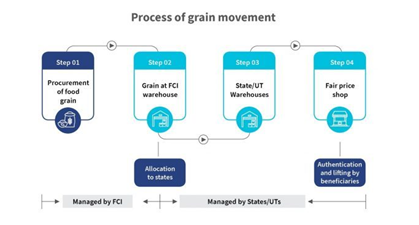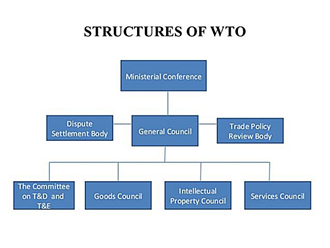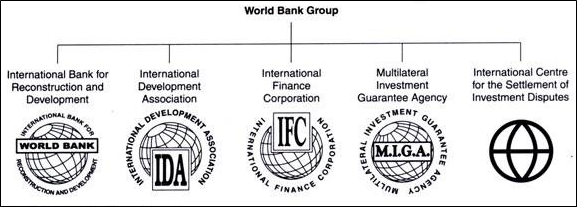The major objectives of food management are procurement of foodgrains from farmers at remunerative prices, distribution of foodgrains to consumers, particularly the vulnerable sections of society at affordable prices and maintenance of food buffer stock for food security and price stability. The Public Distribution System (PDS) in India is a nationwide food security system established under the Ministry of Consumer Affairs, Food, and Public Distribution. It aims to distribute essential commodities to India’s poor at subsidized prices. The system involves the procurement, storage, and distribution of food grains through a network of Fair Price Shops (FPS). The instruments used are procurement at MSP from farmers and sale at Central Issue Price (CIP) under the Targeted Public Distribution System (TPDS). The nodal agency which undertakes procurement, distribution and storage of foodgrains is the Food Corporation of India (FCI). The distribution of foodgrains is undertaken primarily under the National Food Security Act, 2013 (NFSA) and other welfare schemes of the Government of India.

1. Procurement
The Food Corporation of India (FCI) is the nodal agency responsible for the procurement of food grains. The procurement is done at the Minimum Support Price (MSP) announced by the government.
Challenges in Procurement
-
- Overdependence on certain states: Procurement is concentrated in a few states like Punjab, Haryana, and Uttar Pradesh, leading to regional imbalances.
- Quality Control: Ensuring the quality of procured grains is challenging due to improper handling and storage.
- Payment delays: Farmers often face delays in receiving payments, which can dissuade them from selling to government agencies.
2. Storage
Once procured, the grains are stored in FCI godowns across the country. The FCI maintains a buffer stock to ensure food security and manage supply fluctuations.
Challenges in Storage
-
- Inadequate infrastructure: Many storage facilities are outdated and lack modern amenities, leading to significant post-harvest losses.
- Pest infestation: Poor storage conditions often result in pest infestations, reducing the quality and quantity of stored grains.
- Limited capacity: The storage capacity of existing godowns is often insufficient to handle the volume of grains procured, leading to wastage.
3. Distribution
The distribution of food grains to the end beneficiaries is managed through the Targeted Public Distribution System (TPDS). Under TPDS, food grains are allocated to states based on their needs and are distributed through FPS.
Challenges in Distribution
-
- Leakages and diversion: Significant quantities of food grains are lost due to theft, pilferage, and diversion to the open market.
- Identification of beneficiaries: Identifying and reaching the intended beneficiaries, especially in remote and rural areas, remains a challenge. Issues like fake ration cards and inclusion/exclusion errors persist.
- Fair Price Shops (FPS): Many FPS lack proper infrastructure and accountability, leading to inefficiencies and corruption.
Recent Initiatives and Reforms
1. Digitisation: Efforts to digitize the PDS infrastructure, such as digitizing ration cards and installing electronic Point of Sale (e-PoS) devices at FPS, have been made to reduce leakages and improve transparency.
2. One Nation One Ration Card (ONORC): Launched to ensure nationwide portability of ration cards, allowing beneficiaries to access PDS benefits from anywhere in the country.
3. Direct Benefit Transfer (DBT): In some states, DBT is being implemented to transfer food subsidies directly into the bank accounts of beneficiaries, reducing the scope of corruption and inefficiency.
Buffer StockBuffer stock refers to the reserve of food grains maintained by the government to ensure food security and price stability. The Food Corporation of India (FCI) is the primary agency responsible for maintaining these stocks. At present, the Government of India prefers to use the term – Food grain stocking norms – which refers to the level of stock in the Central Pool that is sufficient to meet the operational requirement of food grains and exigencies at any point of time. Earlier this concept was termed as Buffer Norms and Strategic Reserve Purposes
Food Grain Stocking NormsThe buffer stock norms, periodically revised by the government, stipulate the minimum quantities of food grains to be maintained at different points in time. As of 2024, the norms are:
|



